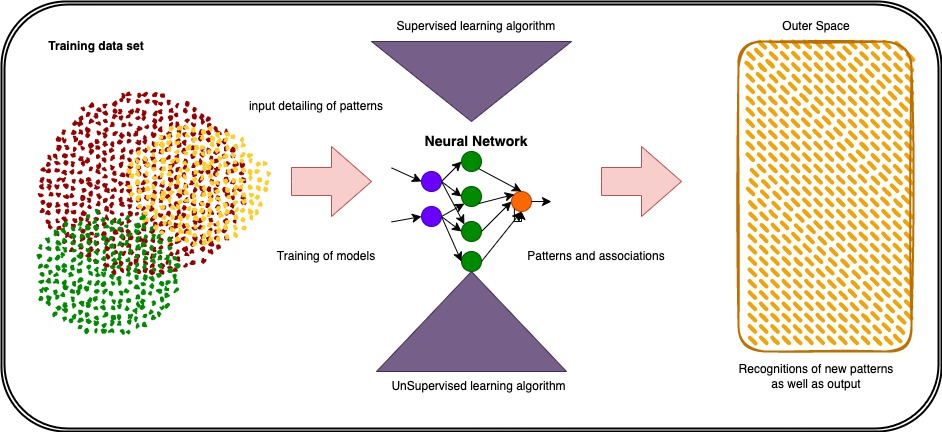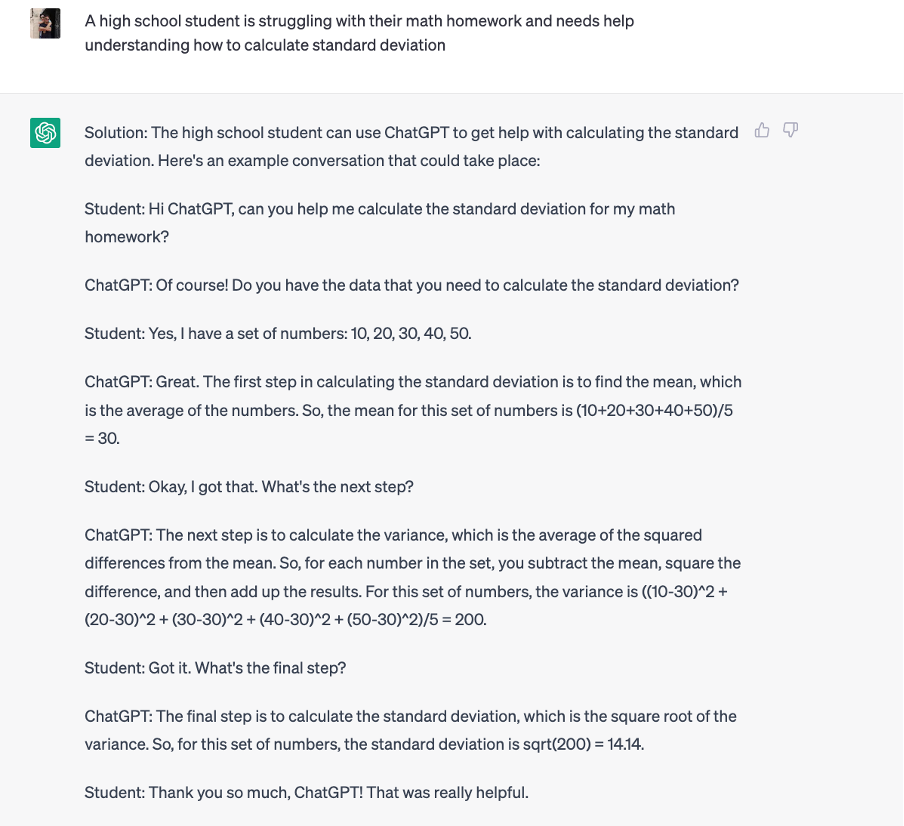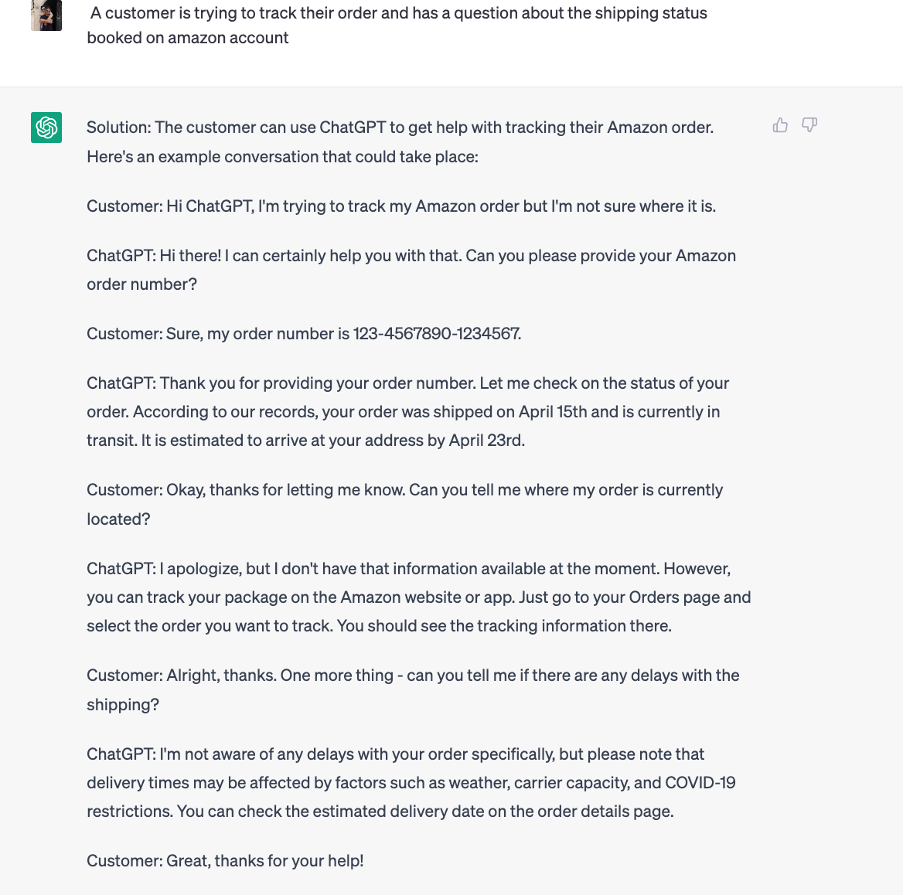ChatGPT as a Revolution
In this blog, the reader will learn how ChatGPT came into existence, its history, the working of GPT, and be presented with use cases.
Join the DZone community and get the full member experience.
Join For FreeChatGpt-4 is the new revolution for the corporate industry. Four is the latest version developed by Open AI — ChatGPT, named Generative Pre-Trained Transformer. This will change the perception of the industry with respect to communication with the machines.
Machine Learning plays an important role as a component in ChatGPT. ChatGPT understands deep learning, and it generates high-quality responses to the user based on their inputs. It is a type of network model that we can consider a neural network model in machine learning. Models are nothing; some trained data on large sets of text data to understand and generate a relationship between words as well as with phrases.
The History and Development of ChatGPT — How Was It Created and How Has It Evolved Over Time?
The history of ChatGPT can be followed by the timeline defined below:
OpenAI took charge in 2015 with the goal of creating an interactive system that behaves like humans. Based on the research, they came up with the name called GPT (Generative Pre-Trained Transformer), which has a series of language models to generate human-like texts.
Afterward, in 2018, the early release of version GPT-1 was launched, which had approximately 110+ million parameters.
During development in June 2020, OpenAI released the beta version of ChatGPT, which is when they started using the name conversational AI. This is the same time when devices like Amazon Alexa, Google DOT, and Facebook Jarvis launched. In that period of time, AI also put its legs into conversation AI.
The GPT architecture is a deep learning model that is trained on large amounts of text data, enabling it to generate human-like responses to natural language inputs.
In July 2020, OpenAI launched GPT-3 architecture, which is the strongest language model and has 170+ billion parameters. Later in the same year, in November 2020, OpenAI launched GPT-3’ API as well, which provides developers with access to GPT-3’s capabilities and start using them on their own platforms or in daily life.
There are a number of models were developed as below:
GPT Version |
Year |
Description |
GPT-1 |
June 2018 |
A model with 117 million parameters |
GPT-2 |
February 2019 |
A model with 1.5 billion parameters, with impressive performance |
GPT-3 |
June 2020 |
A model with 175 billion parameters, used for a wide range of tasks, from language translation to creative writing. |
GPT-Neo |
May 2021 |
A model with 1.3 billion to 2.7 billion parameters, it includes several models of varying sizes |
GPT-4 |
April 2023: no official release date or announcement for GPT-4 |
Rumors and speculation about its potential capabilities, including even larger model sizes and improved performance on specific tasks |
Since its initial release, ChatGPT has undergone several iterations and improvements, with OpenAI continuing to refine and enhance its underlying algorithms and capabilities. This ongoing development has helped to make ChatGPT one of the most advanced and effective chatbots available today, with a wide range of potential applications in fields such as customer service, healthcare, education, and more.
High-Level Description of ChatGPT — How ChatGPT Works
In ChatGPT, OpenAI has used neural network-based modeling, which is known as the transformer model. This model has the capability to process a large scale of data [large language model] and get a supervised to understand complex patterns and associations, which helps ChatGPT in responding to the users with meaningful and relevant context. The size of these language models could vary, containing billions of different parameters; as it grows large, the complexity increases between the words, associations, and phrases, which results in more accuracy.
These are based on pre-trained modeling; apart from this, ChatGPT also learns from generated different responses to the users, and it keeps trying to improve itself. This also collects the responses provided by the user during feedback, and it improves its performance.
ChatGPT consists of many components, like a tokenizer, an encoder, algorithms, data sets, and a decoder. All these components work together one by one. First, the tokenizer breaks down the input values into individual words. The encoder takes the words and converts them into a vector which is a series of mathematical tokens. Then, the algorithm and data sets transform according to user input. Finally, the decoder uses these vectors to develop a response that is returned to the user.

ChatGPT can be used in a variety of ways, some of which are:
- Personal assistant
- Customer service
- Education
- Language Translation
- Therapy
Use Case: Education
Example: A high school student is struggling with their math homework and needs help understanding how to calculate standard deviation.

In this use case, ChatGPT is being used as a tutor to provide personalized guidance and explanations to a high school student who needs help with their math homework. ChatGPT's ability to generate step-by-step explanations and examples make it a valuable resource for students who are struggling with specific concepts.
Use Case: Customer Service
Example: A customer is trying to track their order and has a question about the shipping status booked on an Amazon account.

In this use case, ChatGPT is being used as a customer service chatbot to provide personalized assistance and information to a customer who has a question about their Amazon order. ChatGPT's ability to access and provide real-time tracking information and offer guidance on how to track orders through the Amazon website makes it a valuable resource for Amazon customers who want to know the status of their orders. By using ChatGPT, customers can get quick answers to their questions without having to wait on hold or speak to a human representative.
Final Thoughts
AI going to play a vital role in each and every field in the coming years. In this blog, we saw how ChatGPT came into existence, its history, the working of GPT, and use cases, as well. It is designed to be highly versatile and can be used for a variety of applications, including language translation, content generation, and even chatbots. With its advanced natural language processing capabilities, ChatGPT has the potential to revolutionize the way we interact with machines and make our daily lives more efficient and convenient.
In our Next blog post, we will showcase how to develop our own ChatGPT using OpenAI API.
Opinions expressed by DZone contributors are their own.

Comments